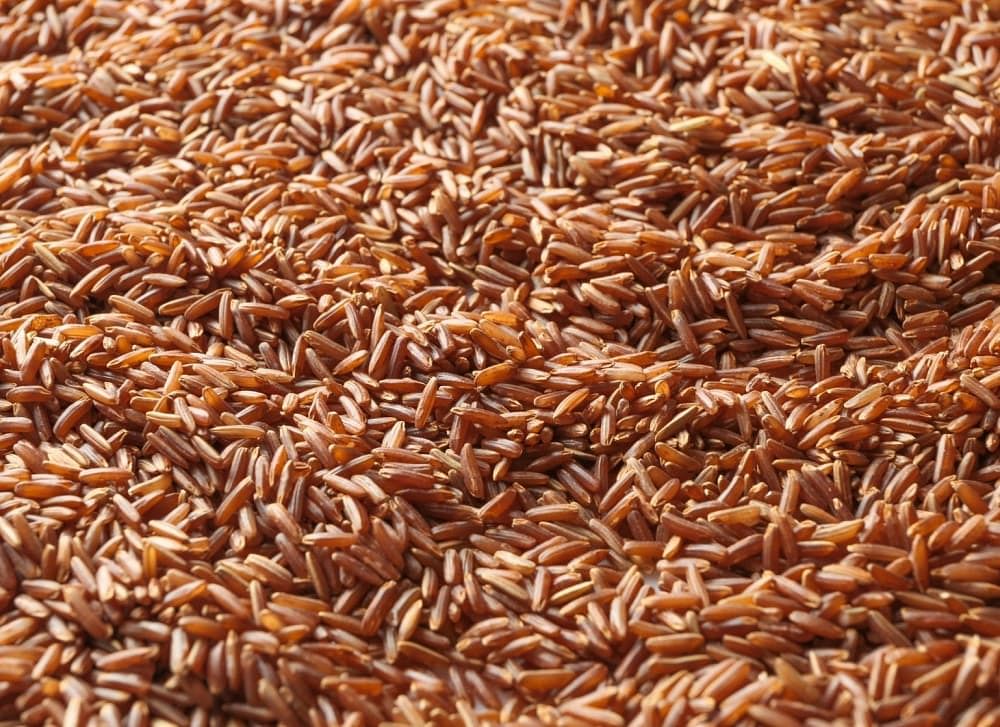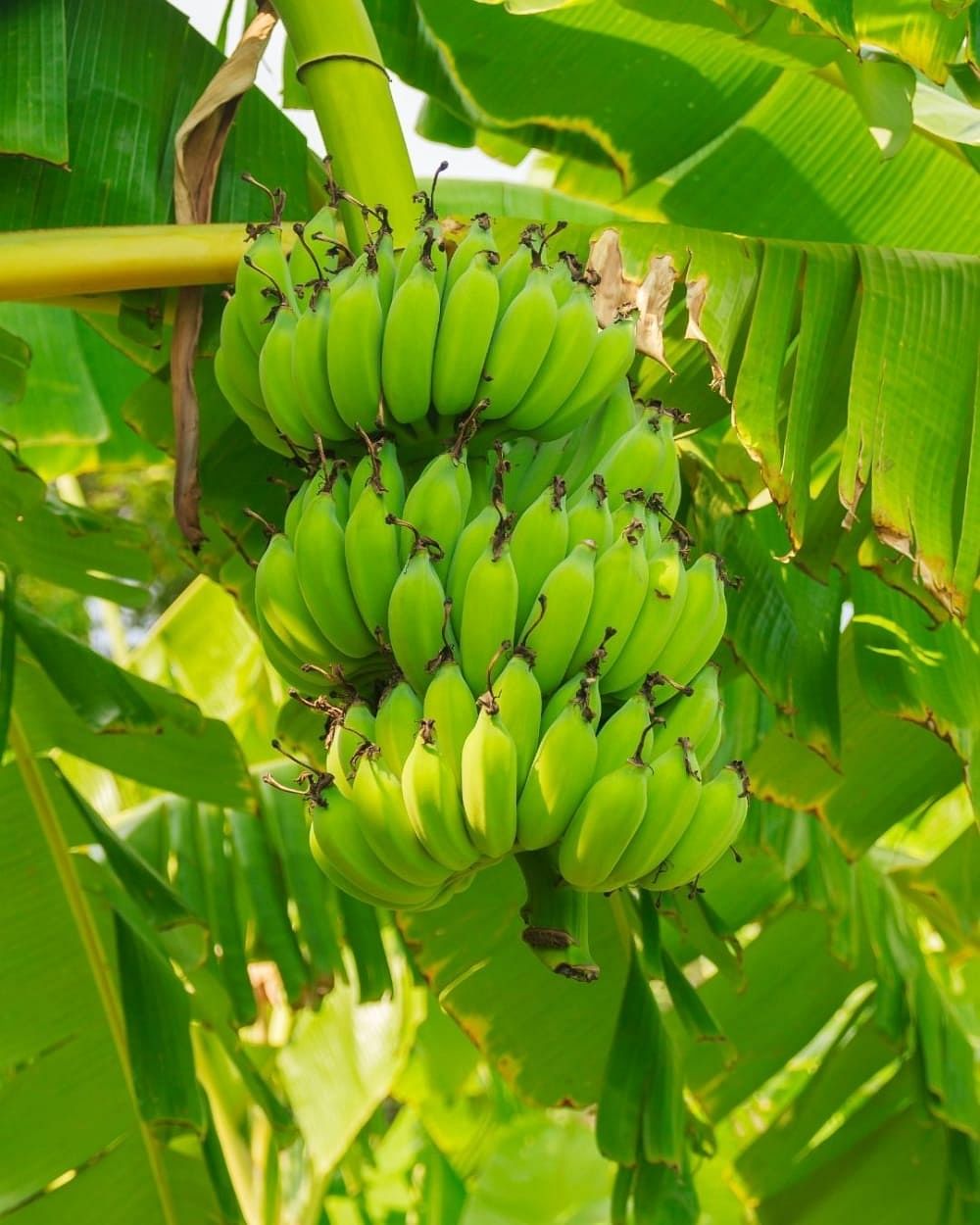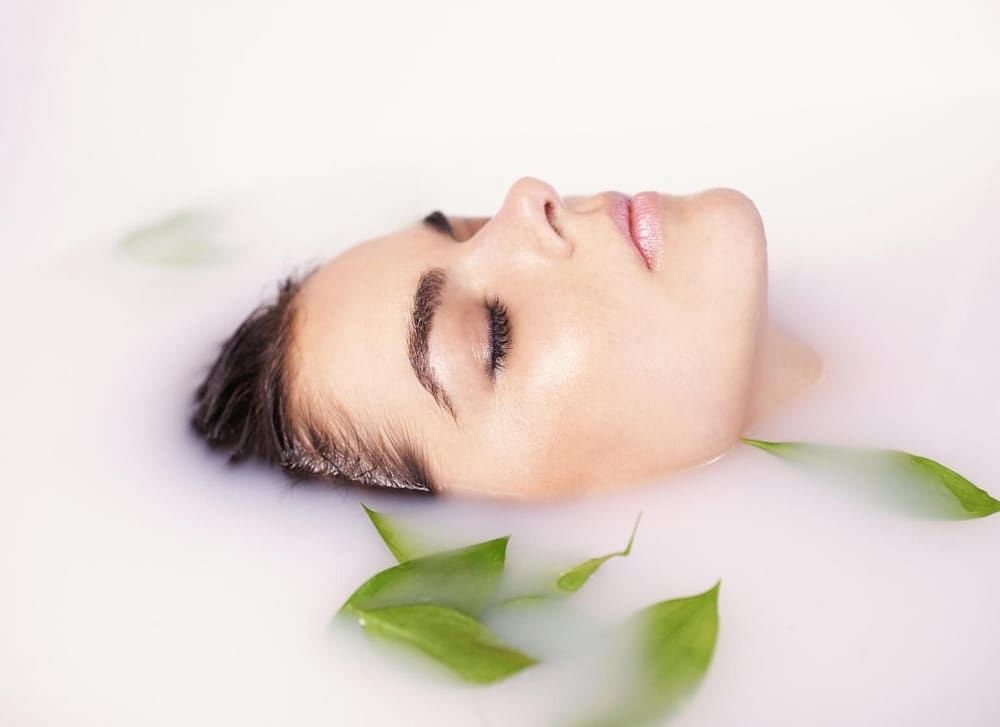Surely you have heard about brown rice, white rice, and even black rice, all of which have a nutritional value. But what about red rice? What's contributing to the popularity of red rice is the plethora of health benefits it offers. Here's what's important to know about red rice, its health benefits, and how to cook red rice.
What is red rice?
Red rice, one of the many varieties of rice, receives its reddish colour from an antioxidant called anthocyanin. It is a compound found in several purple and red coloured vegetables. Red rice has become increasingly popular over the last few years.
Red Rice Nutrition
In a 100g serving of Red rice, the nutrients are
- Calories: 109
- Fat: 0.8g
- Carbohydrates: 23g
- Fibre: 1.8g
- Sugar: 1g
- Protein: 23g
Also Read: 12 Rice Flour Face Pack Recipe For A Refreshing And Flawless Skin
Red Rice Varieties
Let’s l look at the three significant and widely used red rice varieties in Indian cooking.
1. Kerala Matta rice
A red rice variety closer to home, the Kerala matta is also known by its local name, the Palakkadan Matta Rice or Kerala Red Rice. This red rice variety represents a distinct taste of the Kerala state. The rice is known for its healthy add-on and is famous since they blend well with all dishes of the local cuisines.
This rice is known for its unique taste and high nutritional content. Compared to other varieties in the area, this rice has higher antioxidants, minerals, and fibre levels.
2. Thai Red Cargo rice
Unlike red rice varieties, this rice has traits more similar to brown rice, such as long grain size and a more robust flavour. It also comes in red, purple, and maroon hues.
The rice is commonly used in Thai dishes around the world. When cooked, they are nutty and sweet and have a chewy texture like most types of red rice.
3. Bhutanese Red rice
Burma red rice is partially milled and has a bright red colour. Bhutanese red rice is also available, as it is found close to Bhutan. Bhutanese red rice is only available due to its proximity to Bhutan. As a result of its unique qualities, this rice cooks more rapidly than other red rice varieties. When fully cooked, this rice has a shallow pale colour.
Other Varieties of Red Rice Used Internationally -
4) Oryza longistaminata, which is native to most of Sub-Saharan Africa and Madagascar, is also known as longstamen rice or red rice.
5) Oryza punctata, which is native to southern Africa, tropical Africa and Madagascar, is also termed red rice.
6) Camargue red rice is a variety of red rice, which is cultivated in the wetlands of the Camargue region of South France.
7) Ulikan or mini-anganis heirloom red rice from Ifugao and Kalinga in the Philippines.
Red rice benefits:
1) Red rice is loaded with iron and fibre, and it's also known to reduce inflammation in the body.
2) It lowers blood pressure and controls blood cholesterol levels, thereby becoming one of the healthy choices for people with diabetes and heart problems.
3) Red rice for weight loss is a great option. One can consume red rice even if one is on a diet. It is because red rice takes a longer time to digest and thus helps you feel full for a prolonged period of time. It also contains zero fat.
4) This variety of red rice can prevent osteoporosis, arthritis, and other bone diseases as both magnesium and calcium are present in it and they are essential for good bone health.
5) Red rice is a great source of fibre (both soluble and insoluble), which helps ease bowel movement and boosts digestion. Fibre helps in managing both constipation and diarrhoea.
6) Consuming red rice makes it possible to meet 23 percent of the vitamin B6 requirement of the body. It helps regulate the production of serotonin and RBCs.
7) Eating red rice is particularly beneficial to those who suffer from iron deficiency or are anaemic. In addition to the supplements you might be taking, you may want to add red rice to your diet since it’s a rich source of iron. A 100 gm serving of red rice contains offers about 5.5 mg of iron.
Red rice benefits for diabetes
High blood sugar levels in diabetes can affect the eyesight, kidneys and also lead to heart health issues. Low GI foods help keep sugar levels in check, making them a great food option for people with diabetes. Red rice has a very low glycemic index.
Red rice benefits for skin
Red rice has anthocyanin, which prevents signs of premature ageing and UV ray-induced skin damage. This is because anthocyanin has powerful antioxidant properties that fight free radicals.
Red rice vs brown rice
The antioxidants in red rice are much more than brown rice. Red rice is also a great source of selenium, which protects the body against infections. On the other hand, brown rice is a good source of iron and zinc, and it is loaded with fibre and other kinds of nutrients. Considering that, both red rice and brown rice are healthy options. However, red rice has a compound called Monacolin K., which helps with lowering the levels of LDL or bad cholesterol. This can be a healthy choice for people watching their cardiovascular health.
Red rice vs white rice
Although white rice takes less time to cook than red rice, the nutritional benefits of white rice are less compared to brown and red rice. This is because the nutritional profile of white rice is less compared to both the two unpolished and unhulled varieties of rice. It has high levels of triglycerides and can cause high blood pressure, apart from resulting in weight gain. It also contains low amounts of HDL cholesterol or 'good cholesterol.
Red Rice Vs Black Rice
The most noticeable difference between red rice and black rice is their colours. Both are unmilled or semi-milled and are high in protein, fibre, and nutrition. Red rice has a slight edge in protein, while black rice has a slight edge in fibre content. Furthermore, red rice has higher antioxidant levels than black rice.
Also Read: Rice Water for Hair Growth: Benefits, Uses | 2x Hair Growth
How to cook red rice
Here’s how you can cook red rice:
- First, put 2½ cups of water to boil in a medium saucepan set over medium-high heat. After this, rinse 1 cup of rice under lukewarm water.
- When the water in the saucepan reaches a boil, add one tablespoon of butter, salt to taste and rice to it. Reduce to a simmer, cover, and leave to cook until tender.
- After around 40 minutes, remove the lid, fluff the rice with a fork, and then cover it again with the lid. Leave it to rest for 5 minutes.
- Fluff rice again and serve.
Red rice side effects
Some varieties of red rice contain an element called citrinin, which has been found to harm the kidneys. It is one of the biggest side effects of red rice.
Summing Up on Red Rice Benefits
We hope now you know what to include in your menu to ensure variety in your diet! Red rice is a tasty way to start making healthier choices. Having a nutty, chewy texture, this versatile variety is rich in dietary fibre and highly recommended for digestive problems. Unlike any other rice variety, red rice also has a low glycemic index, which prevents sudden spikes in blood sugar levels.
Undercooked red rice, however, may cause kidney damage. Ask your doctor if this rice variety is suitable for you.
FAQs
Is Red Rice High in Sugar?
No, As opposed to this, red rice regulates insulin levels and has a low glycemic index, making it suitable for people with diabetes.
Will Red Rice Make You Fat?
No, contrary to that, Its zero-fat content was the first thing that made red rice popular. It also contains bran, which helps reduce bad cholesterol. Therefore, it does not contribute to weight gain and related illnesses.
Is Red Rice Good for Cholesterol?
Yes, there is evidence suggesting that red rice containing substantial amounts of monacolin K can lower your total cholesterol level, low-density lipoprotein cholesterol (LDL) level, and triglycerides level.












